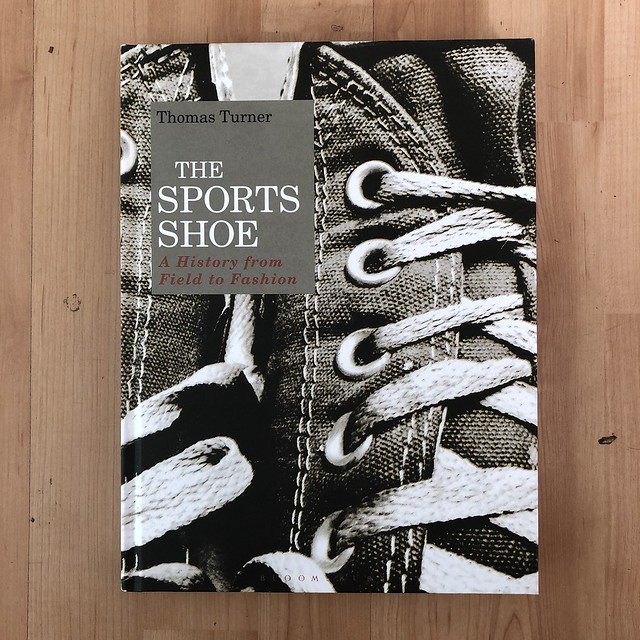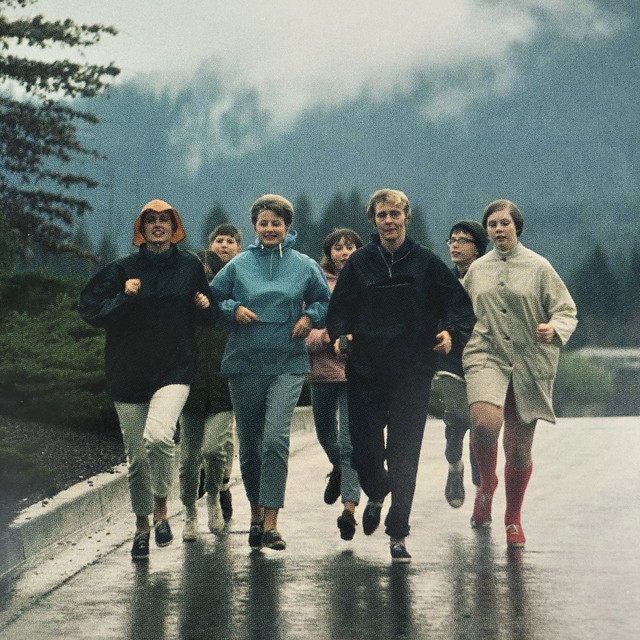I remembered the thing I didn't remember last week.
It was this fantastic New Yorker piece about age (and trying not to).
These fragments are pertinent:
"The work of the AgeLab is shaped by a paradox. Having been established to engineer and promote new products and services specially designed for the expanding market of the aged, the AgeLab swiftly discovered that engineering and promoting new products and services specially designed for the expanding market of the aged is a good way of going out of business. Old people will not buy anything that reminds them that they are old. They are a market that cannot be marketed to."
"This paradox is, well, old. Heinz, back in the nineteen-fifties, tried marketing a line of “Senior Foods” that was, essentially, baby food for old people. It not only failed spectacularly but, as Coughlin puts it, poisoned an entire category. The most perverse of these failures is perhaps that of the PERS, or personal-emergency-response system, a category of device—best known for the hysterically toned television ad in which an elderly woman calls out, “I’ve fallen and I can’t get up!”—designed as a neck pendant that summons emergency services when pressed. It is simple and effective. “The problem is that no one wants one,” Coughlin says. “The entire penetration in the U.S. of the sixty-five-plus market is less than four per cent. And a German study showed that, when subscribers fell and remained on the floor for longer than five minutes, they failed to use their devices to summon help eighty-three per cent of the time.” In other words, many older people would sooner thrash on the floor in distress than press a button—one that may summon assistance but whose real impact is to admit, I am old."
"The most effective way of comforting the aged, the researchers there find, is through a kind of comical convergence of products designed by and supposedly for impatient millennials, which secretly better suit the needs of irascible boomers. The best hearing aids look the most like earbuds. The most effective PERS device is an iPhone or an Apple Watch app.
Such unexpected convergences have happened in the past. Retirement villages came to be centered on golf courses, Coughlin maintains, not because oldsters necessarily like golf but because they like using golf carts. It’s the carts that supply greater mobility in and around the village. The golf comes with them. This process of “exaptation” has now accelerated. TaskRabbit and Uber and Rent the Runway—services that provide immediate help for specific problems—are especially valuable for an aging population."
"We’re doing a lot of work in the on-demand economy, which was made for millennials but is working better for boomers. Meals are delivered—these are amazing, assisted-living services that can come to anyone’s house. Older women in particular are saved from microdeficiencies in their diet. So, while the millennials want them for convenience, the boomers want them for care for their parents, or themselves.”
Every few years, in the advertising business someone writes a piece about how the advertising industry ignores old people. About how they're a massive target audience. About how we should get over advertising's obsession with youth. That is probably true. It's an understandable omission though, given that old people themselves seem to share the same attitudes.
RELATED
This Don Norman piece about how design doesn't take old people into account did the rounds earlier in the week. Also true. Also accurate.
I can't help thinking though, who designed all these door handles and utensils that are so ubiquitous now? Well, it was people who were successful designers, at the peak of their influence and power about 20 years ago. People who are old designers now. We did it to ourselves.
Don't design for old people. Design for your future.

